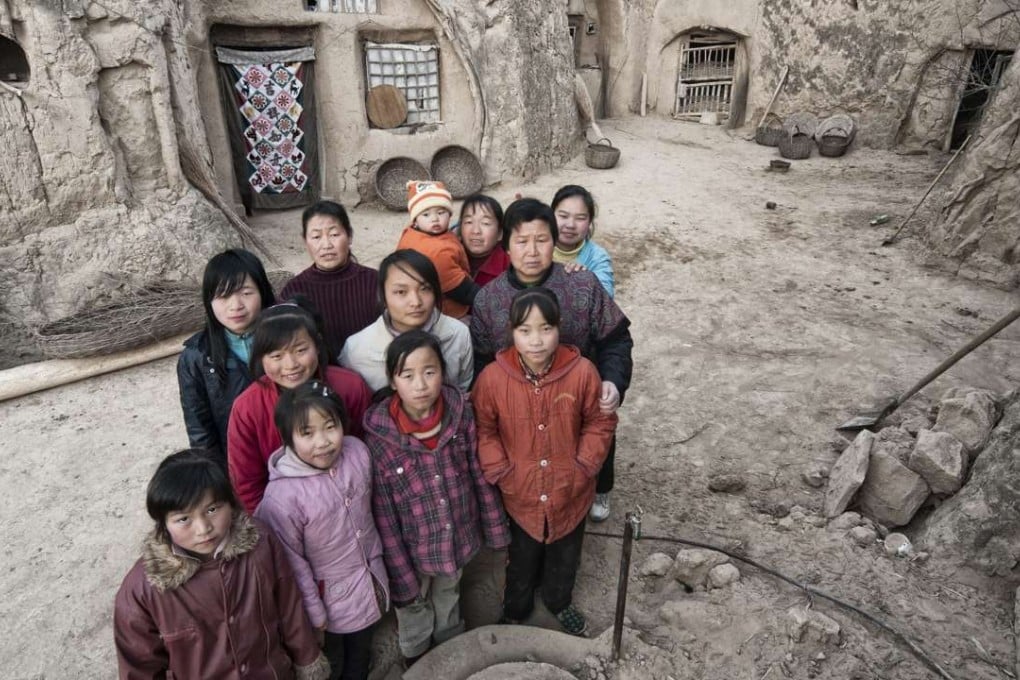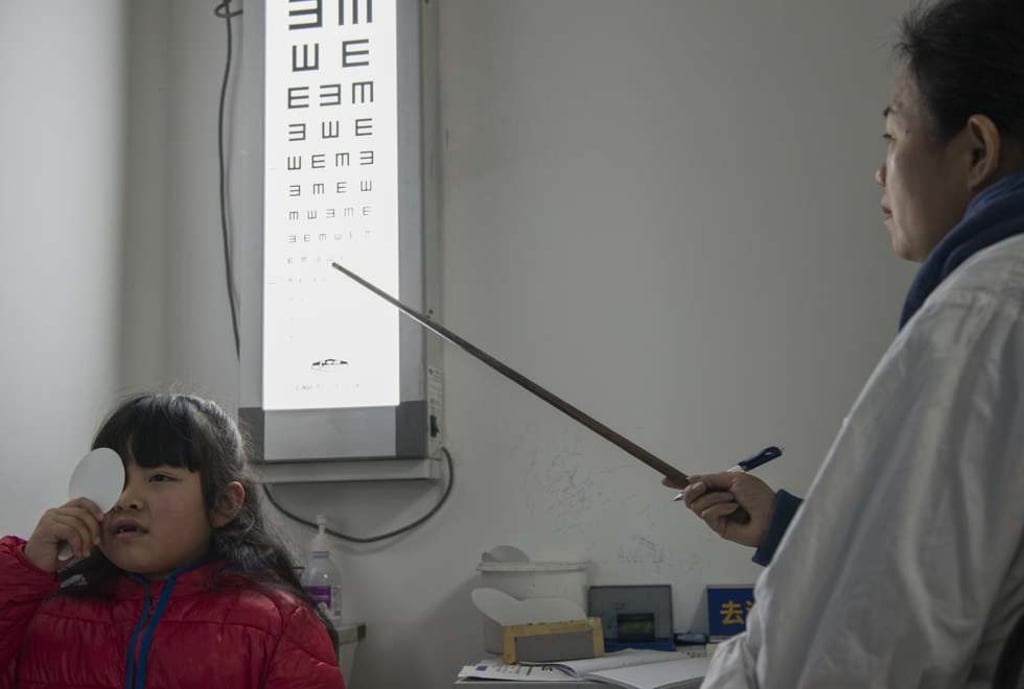China’s myopia epidemic: why a simple solution is being ignored
Under pressure to perform academically, children are spending most of their time indoors, depriving them of the sunlight that allows their eyes to develop

“We didn’t pay much attention at the beginning, because we thought she just wanted to concentrate on the details of games she plays in the phone,” says Xi’s mother. But it turns out the 4½-year-old will have to wear glasses. She has myopia, something her young parents don’t think of as a problem.
“It’s just an aesthetic issue. She will have to get used to the spectacles. Many people even wear them without the lenses just for fun, so I don’t think there is anything to worry about,” her mother jokes.
Shanghai ophthalmologist Xu Xun disagrees. As one of China’s most respected experts in this field, he believes the prevalence of myopia has grown to worrisome proportions in the country.
“Myopia rates have shot up in the last two decades,” he says, as we speak in a conference room at the treatment centre. “According to our statistics, between 10 per cent and 20 per cent of primary school pupils start classes with myopia. Then the percentage rises to up to 50 per cent for secondary school students. In university, 90 per cent are short-sighted.”
Myopia – or short-sightedness – occurs when the eyeball is too long relative to the focusing power of the cornea and lens of the eye. Light does not focus on the retina as it should, making distant objects appear blurry. It is the most common refractive error of the eye and like the others, myopia’s severity is measured in dioptres ((a unit of refractive power measured in the negative, and which is written as D for short), the same unit used to measure the optical power of glasses and contact lenses. Kindergarten children are defined as having myopia at -0.6D, whereas adults officially become myopic at -1D. Four-and-a-half year-old Xi’s myopia has been measured at -1.5D.
The growing prevalence of myopia is not only a Chinese problem, but it is an especially East Asian one. According to a study published in The Lancet medical journal in 2012, by Ian Morgan, of the Australian National University, South Korea leads the pack, with 96 per cent of young adults (below the age 20) having myopia; and the rate for Seoul is even higher. In Taiwan, 85 per cent of young adults are myopic, according to the study, and in Singapore, the figure is 82 per cent.
